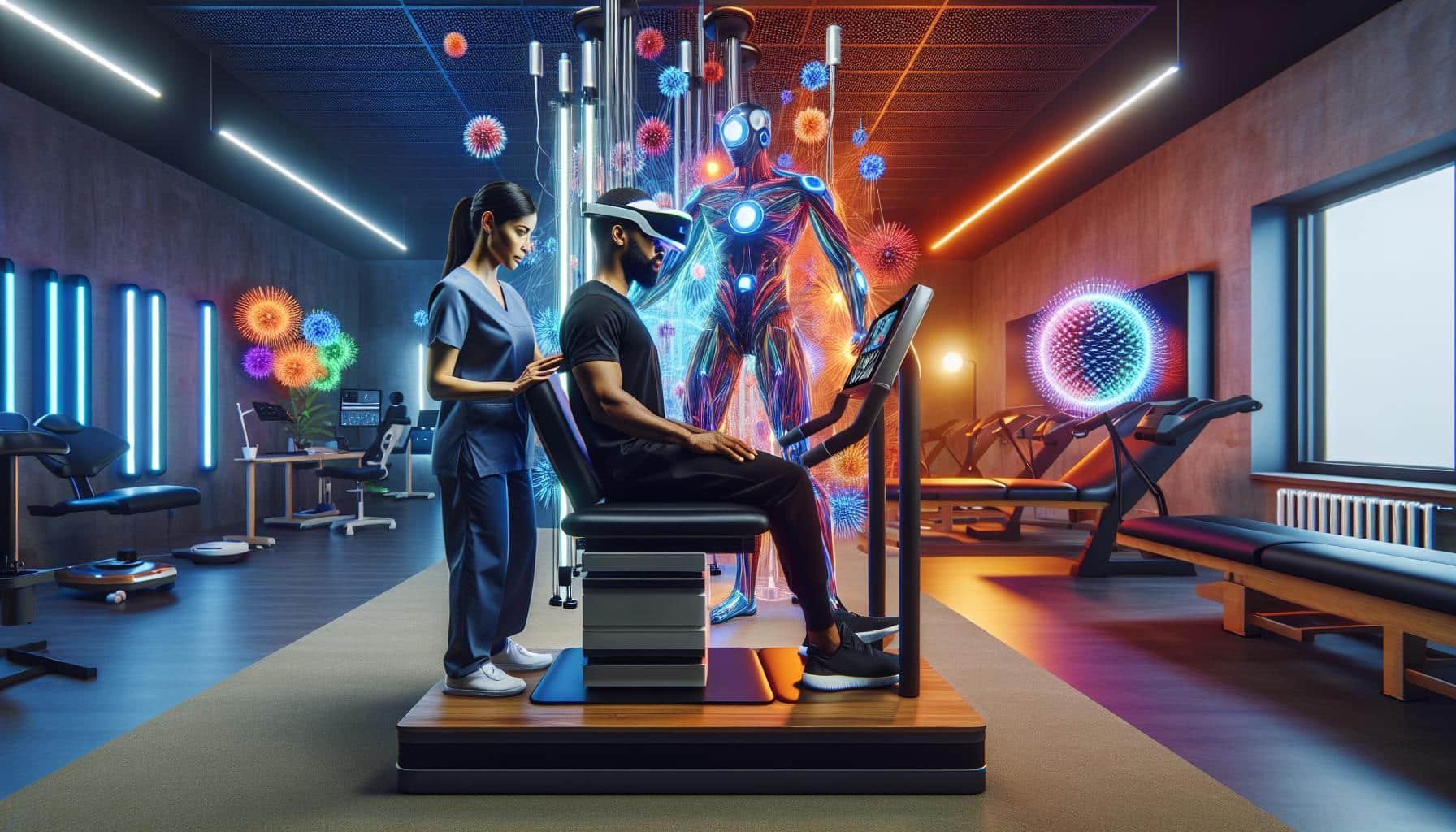Virtual reality aiding recovery: How patients are benefiting from immersive therapy
Virtual reality (VR) is no longer just a tool for the gaming industry; it is now being recognized for its potential in healthcare, particularly in the field of physical therapy. Traditional rehabilitation methods can often be monotonous and lack the engagement needed for patients to fully commit to their recovery. VR, however, offers a new dimension to therapy, providing patients with immersive experiences that can help accelerate their healing process.
Pennsylvania woman’s remarkable recovery using virtual reality after burns
In a remarkable case from Pennsylvania, a woman suffering from severe burns was able to make an astonishing recovery with the help of virtual reality therapy. Jennifer, the patient in question, suffered from third-degree burns over 60% of her body after a devastating accident. She spent several weeks in a medically induced coma, during which time her body went through numerous surgical procedures. However, it was during her wakeful periods that she was introduced to virtual reality as a means of rehabilitation.
From coma to confidence: The power of virtual reality in physical therapy
This immersive technology allowed Jennifer to escape the pain and trauma of her injuries while engaging in therapeutic activities. She embarked on virtual adventures, such as climbing mountains or exploring underwater worlds, all while remaining in the confines of the hospital room. These experiences not only distracted Jennifer from her physical pain but also helped her regain her confidence and motivation to recover. It was her determination, combined with the power of virtual reality, that propelled her towards a remarkable restoration of her physical abilities.
Exploring the virtual frontier: Innovations in patient rehabilitation
The use of virtual reality in physical therapy is not limited to burn victims like Jennifer. It has proven to be an effective tool in various areas of rehabilitation, such as treating patients recovering from strokes, spinal cord injuries, or joint replacements. VR can replicate real-world scenarios and provide patients with a safe environment to practice their movements and challenge their limits. It has opened up a new frontier in patient rehabilitation, allowing therapists to tailor treatment plans to individual needs, all within a virtual realm.
Harnessing the potential: How VR is revolutionizing physical therapy
The potential of virtual reality in physical therapy is immense. It not only provides an engaging and enjoyable experience for patients but also offers therapists the ability to monitor progress and adjust treatment plans accordingly. VR can track a patient’s movements, muscle activations, and range of motion, providing valuable data to guide the rehabilitation process. As technology continues to advance, VR is expected to become more sophisticated and customizable. It may soon incorporate haptic feedback, allowing patients to feel simulated textures and resistance, further enhancing their therapy sessions.
In conclusion, virtual reality is rapidly transforming the field of physical therapy, offering patients like Jennifer a new path to recovery. It provides an escape from the physical and emotional pain, allowing patients to explore new worlds and regain their confidence. With ongoing innovations in VR technology, the future of patient rehabilitation looks promising, offering hope to those on their journey towards recovery.
Analyst comment
Positive news. The market for virtual reality in healthcare, particularly in physical therapy, is expected to grow and thrive. VR offers immersive experiences that can significantly enhance the rehabilitation process and provide patients with engaging and enjoyable therapy sessions. Ongoing advancements in VR technology will further enhance its effectiveness and customization, revolutionizing patient rehabilitation and offering hope to those seeking recovery.













